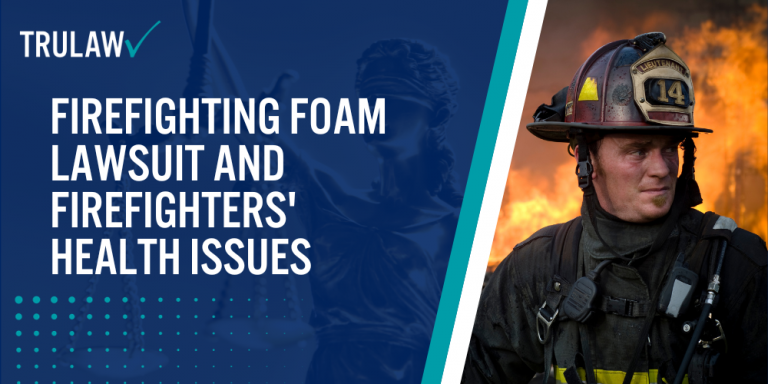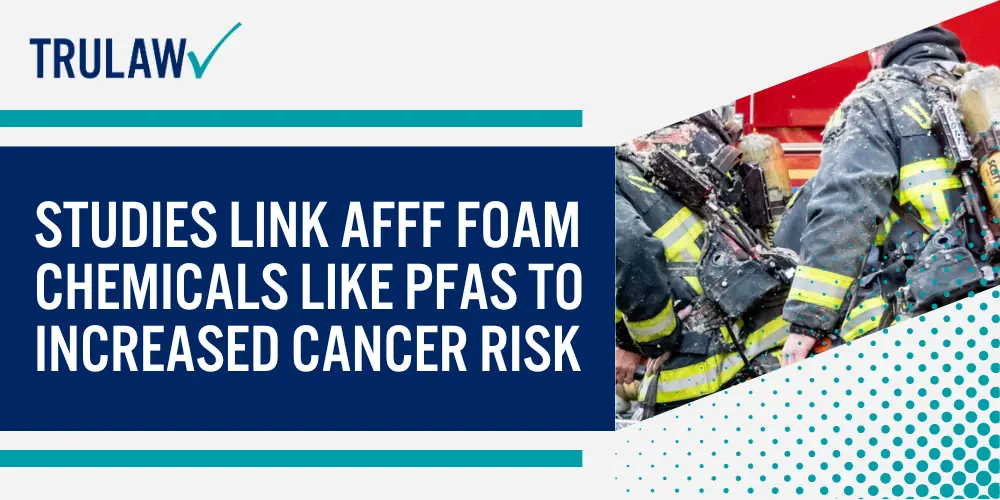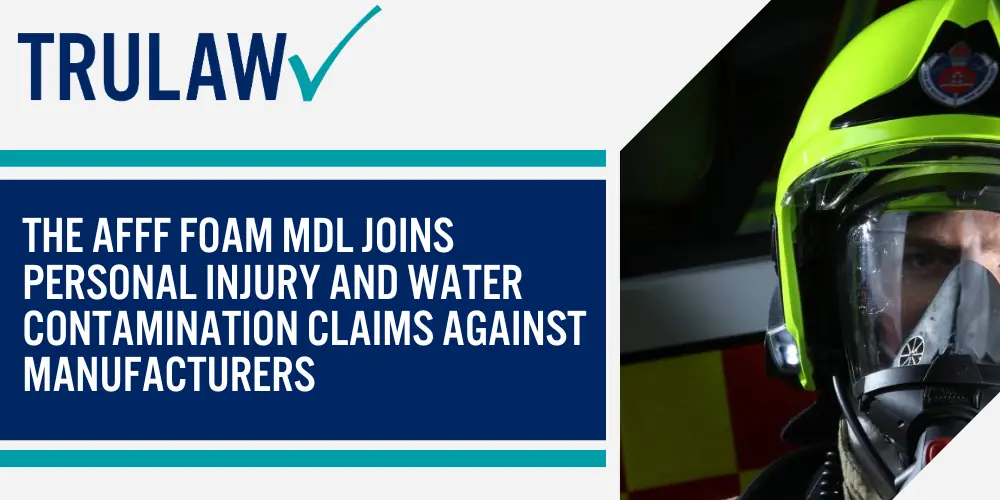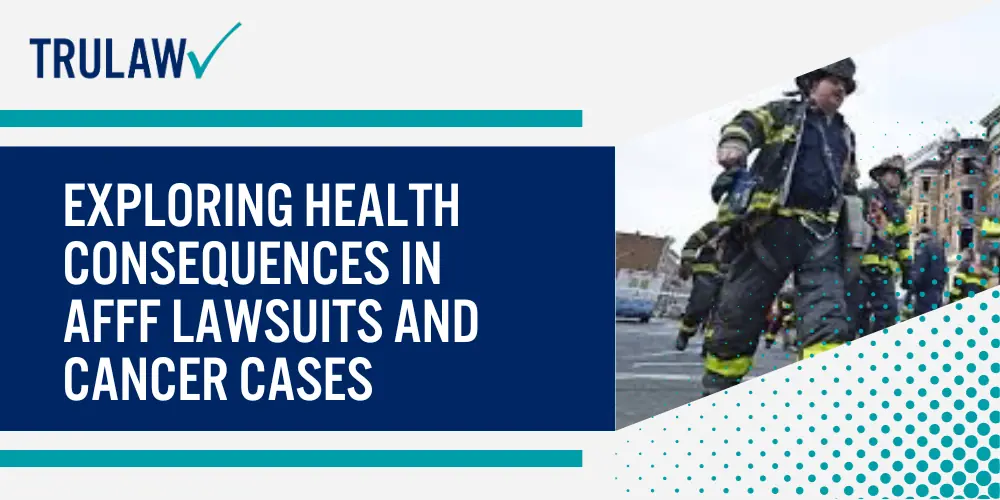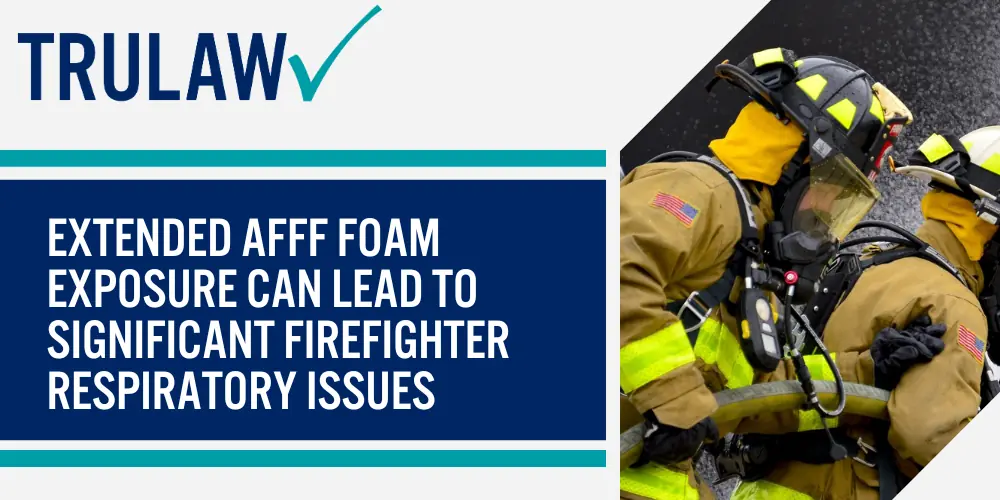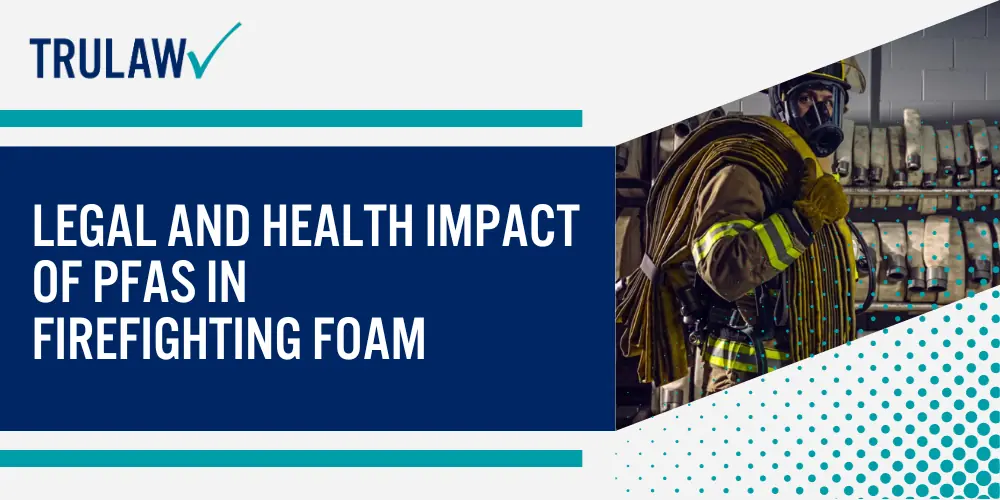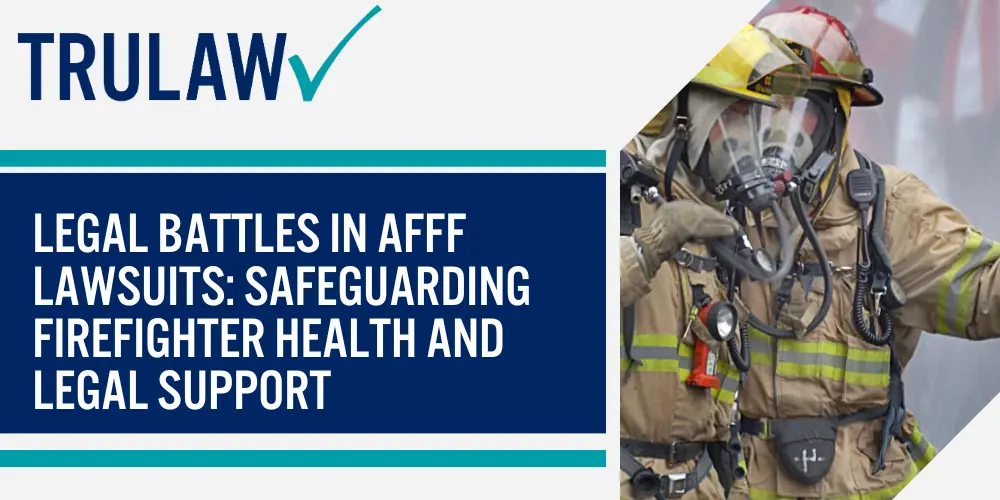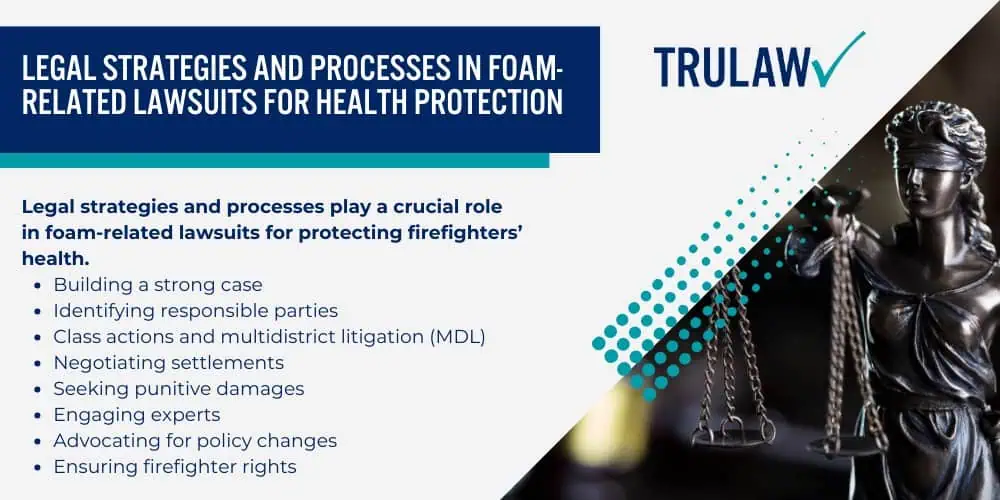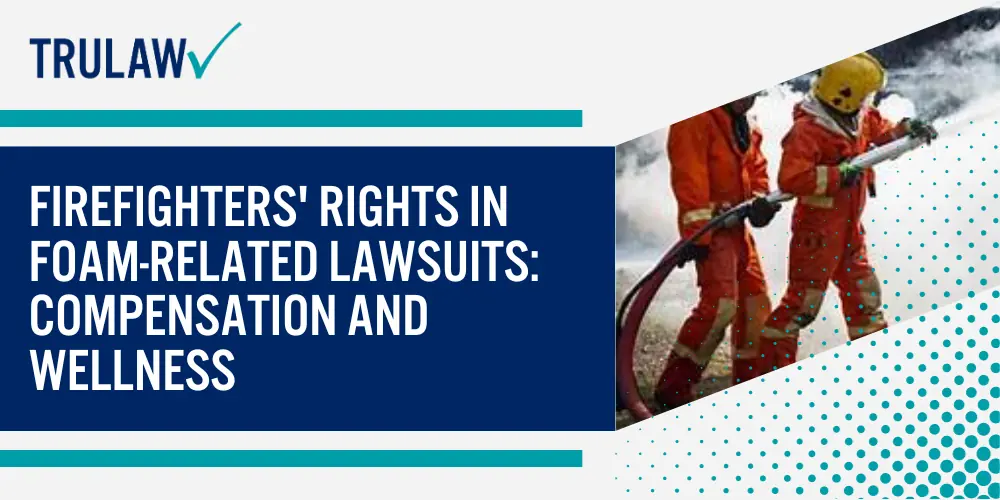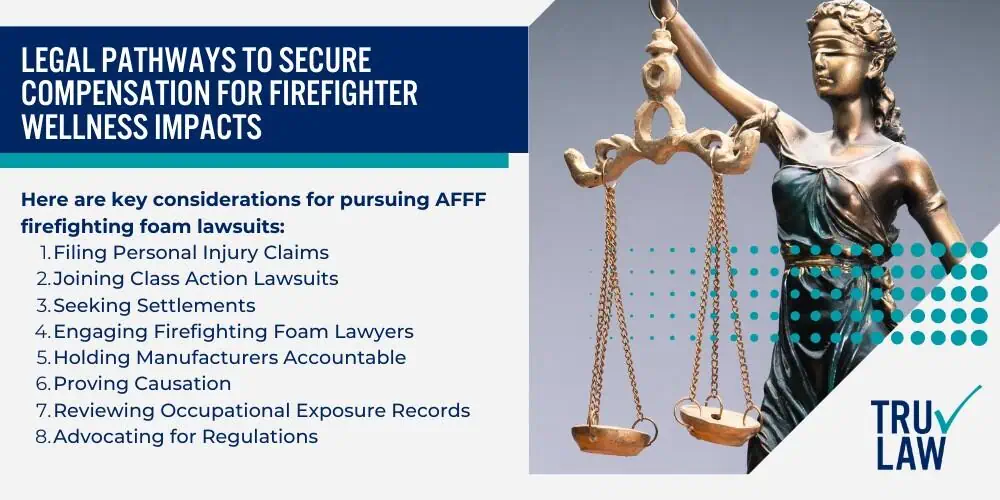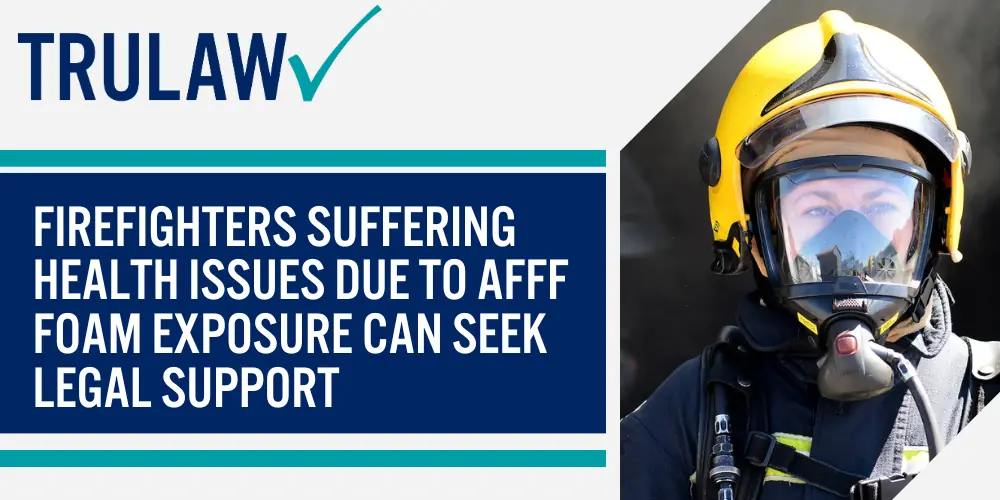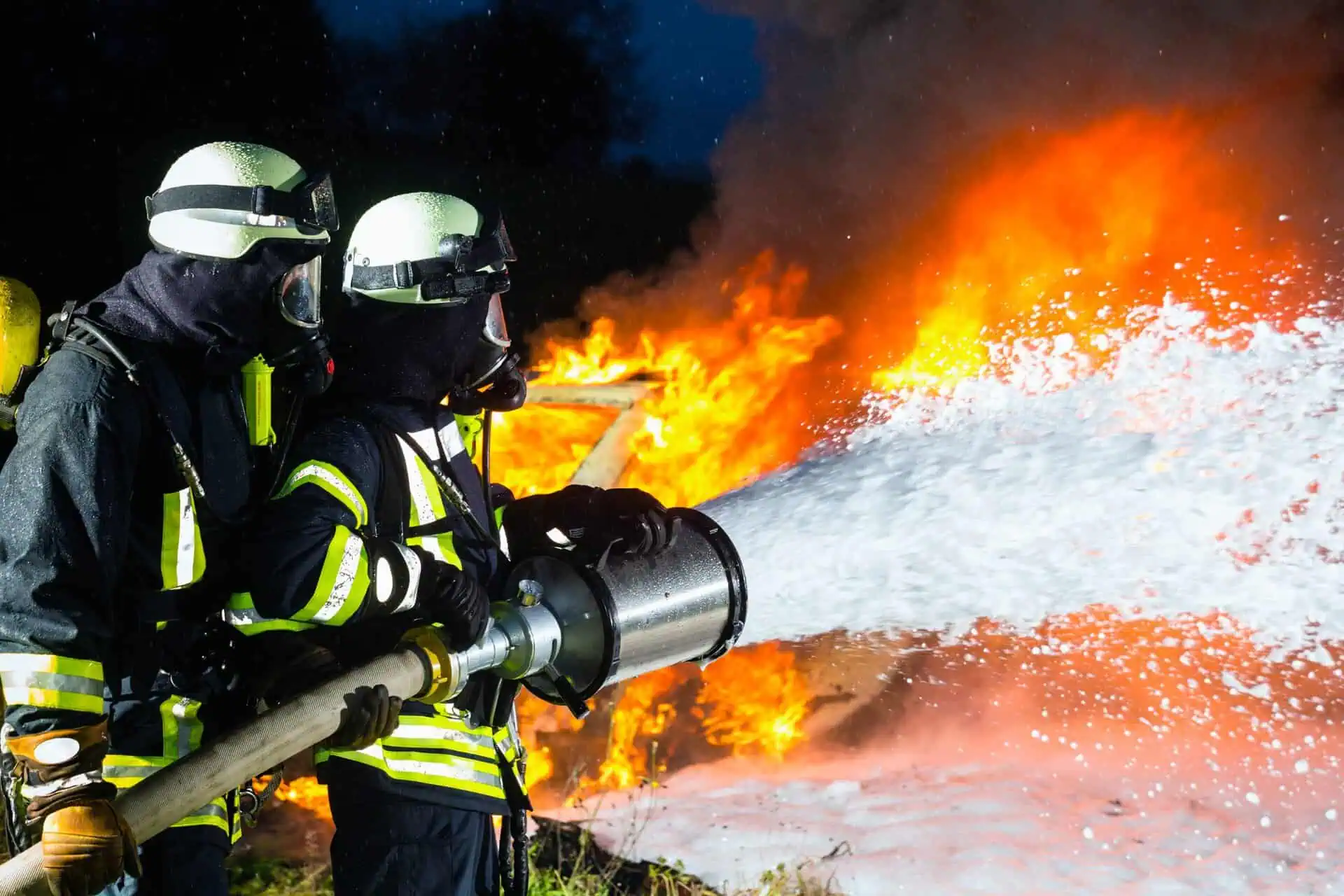Numerous public servicemen and women are now battling threatening cancers and diseases after using AFFF firefighting foam products.
The harmful chemicals were laden with carcinogenic elements that refuse to break down in nature or within our bodies.
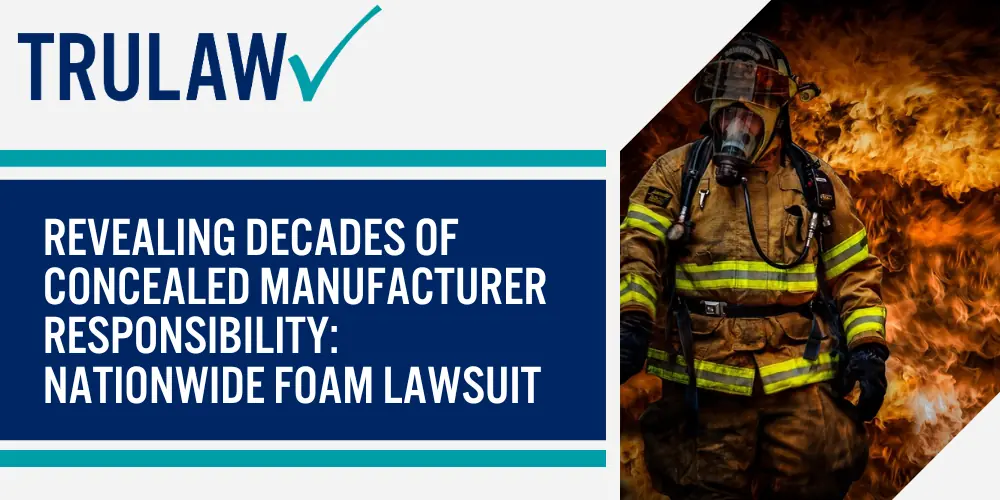
The AFFF lawsuit landscape challenges manufacturers’ claims about product safety while raising awareness about such escalating health impacts among first responders.
As molecular evidence mounts against PFAS contamination from fire suppressants, firefighters and law firms are joining forces to file an AFFF litigation for compensation.
Firefighter wellness is paramount when dealing with hazardous substances like those found in the bunker gear used by these professionals during fire emergencies.
These protective suits degrade under heat conditions yielding traces of PFAS causing potential harm when ingested involuntarily by the wearer.
Understanding the AFFF Lawsuit Landscape: Firefighter Health Risks
Firefighters face significant health risks from toxic chemicals in AFFF, a firefighting foam.
This spongy substance is full of PFAS, harmful substances that increase the risk of diseases like thyroid disease and several types of cancer.
With growing awareness of these dangers, Firefighting foam lawsuit against AFFF manufacturers is on the rise.
Affected individuals and communities are demanding compensation for their suffering caused by this poison exposure.
These behind-the-scenes legal battles highlight the tragic toll toxins take on our brave firefighters’ health.
The ongoing settlement talks paint a vivid picture of what’s at stake in such suits.
Potential settlements could provide some relief to affected parties but won’t reverse their ill-health effects or lost lives due to prolonged exposure.
Manufacturers have been using these dangerous substances for decades, raising troubling questions about long-term impacts— questions now addressed through increased legal actions against those companies responsible for creating AFFF with such hazardous components as PFASs.
Navigating Firefighting Foam Lawsuit for Firefighter Health Protection
Navigating AFFF lawsuits involves several crucial steps to protect firefighter health concerns
- Begin by hiring experienced AFFF firefighting foam lawyers who understand the case-specific scenarios.
- Stay updated on AFFF lawsuit updates, especially when settlement talks are ongoing.
- Gather all relevant medical documents stating exposure to toxic firefighting foam and its resultant health impacts.
- Prepare a strong lawsuit citing manufacturers of AFFF firefighting foam for failing to warn about potential health risks associated with the product’s chemicals.
- Highlight any diagnosis of kidney cancer or similar issues as scientific studies suggest PFAS – a chemical in firefighting foam, is a likely human carcinogen.
- Be ready for prolonged legal battles as negotiations for potential settlement payouts continue.
